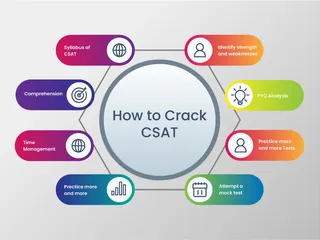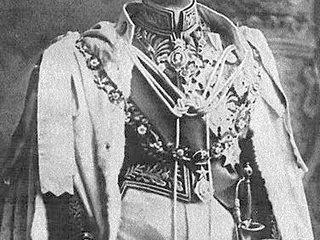The Kesavananda Bharati v. State of Kerala case (1973) stands as a pivotal moment in the history of Indian constitutional law. This landmark judgment established the "basic structure" doctrine, significantly altering the balance of power between the Parliament and the judiciary.
Background: The case stemmed from a dispute over land reforms in Kerala. The State government, acting under the amended Kerala Land Reforms Act, attempted to acquire land belonging to the Sringeri Sharada Peetham, a Hindu monastery headed by Kesavananda Bharati. Bharati challenged the acquisition, arguing it infringed upon his fundamental rights guaranteed under the Constitution.
The Core Issue: The central question before the Supreme Court was the extent of Parliament's power to amend the Constitution. The government argued for unlimited amending power, implying Parliament could alter any part of the Constitution, including fundamental rights. Kesavananda Bharati, conversely, contended that certain fundamental aspects of the Constitution were inviolable and could not be altered through amendment.
The Judgment: After a lengthy hearing, a 13-judge bench delivered a majority judgment. This historic ruling established the "basic structure" doctrine, holding that Parliament, while possessing the power to amend the Constitution, cannot alter its "basic structure" or fundamental features. This concept implied a limit to parliamentary sovereignty, effectively granting the judiciary a crucial role in protecting the Constitution's core principles.
Defining the 'Basic Structure': The judgment did not provide an exhaustive list of what constituted the "basic structure." However, various elements were identified during the course of the proceedings, including:
- Supremacy of the Constitution
- Rule of law
- Separation of powers
- Federal structure
- Judicial review
- Fundamental rights
- Secular character of the Constitution
It is important to note that the precise boundaries of the basic structure have been subject to ongoing interpretation and debate in subsequent cases.
Impact and Significance: The Kesavananda Bharati case profoundly impacted Indian constitutional jurisprudence. It effectively introduced a system of judicial review over constitutional amendments, ensuring the protection of core constitutional values. This decision reinforced the judiciary's role as the guardian of the Constitution and provided a significant check on parliamentary power. The case laid the groundwork for subsequent judicial pronouncements on constitutional amendments and continues to shape debates about the balance between legislative authority and judicial review in India.
Criticism: The judgment has not been without criticism. Some argue that the doctrine is too vague and lends itself to subjective interpretation by the judiciary. Others contest the judiciary’s assumed power to define and defend the “basic structure,” raising concerns about potential judicial overreach. Despite these critiques, the Kesavananda Bharati case remains a cornerstone of Indian constitutional law, establishing a vital framework for constitutional interpretation and safeguarding the essence of the Indian Constitution.
Further Research: For a deeper understanding, one should consult academic literature and legal commentary surrounding the case and its subsequent interpretations.



























